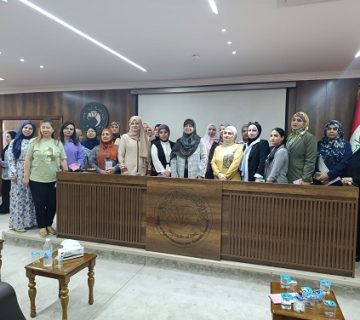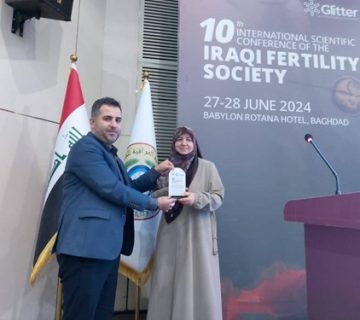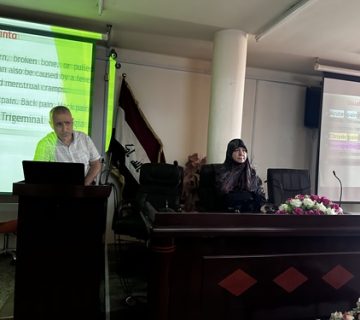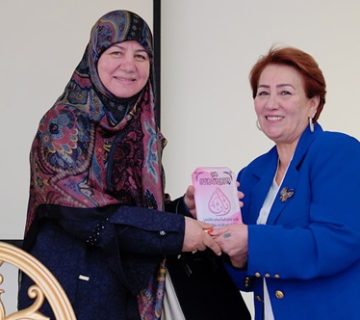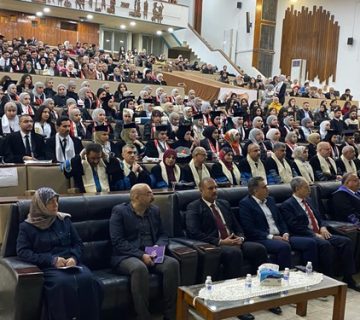Sumaiah I. Hussein, Amal Y. Al-Yasiri, Heba F. Hassan, Basim M. Kashman & Rasha A. Azeez
Abstract
The current study was performed to investigate the treatment of tumors with gold nanoparticles, laser, and photodynamic therapy (PDT) by using an immunohistochemistry method and to investigate the expression of FOXP1 in infected mice with mammary adenocarcinoma whether it can be used as an indicator to estimate the recovery of tissues from cancer disease. Twenty-five albino female mice were used in this research; they were divided into five groups, four groups were infected with mammary adenocarcinoma, and then three of them were treated with gold nanoparticles, laser, and PDT, respectively, while the fourth group was left without any treatment and represents the positive control, and the fifth group (normal mice) represents the negative control. Tissue sections were taken from different groups of mice in order to estimate FOXP1 expression in infected mice by using an immunohistochemistry assay. FOXP1 expression was higher in the tumor and kidney tissues of the mice treated with PDT than that in mice treated with either gold nanoparticles or laser alone. Also, in the group of mice treated with laser, FOXP1 expression was higher than the expression in mice which were treated with gold nanoparticles but lower than that in mice which were treated with PDT. FOXP1 can be used as a biomarker for the prognosis outcome of breast and other solid tumors, as well as it considers a key tumor suppressor. PDT is the best choice to treat cancer in comparison to using either gold nanoparticles or the laser separately.


